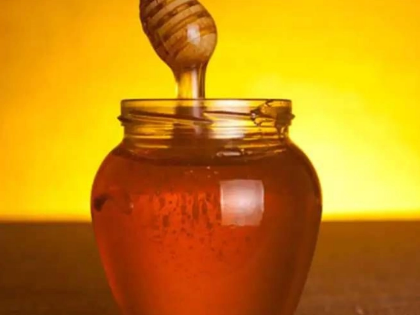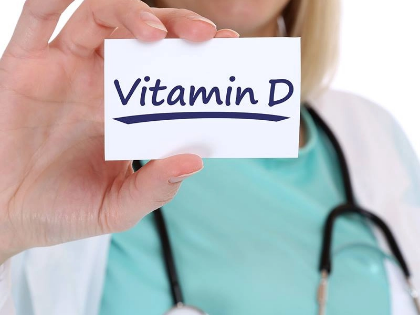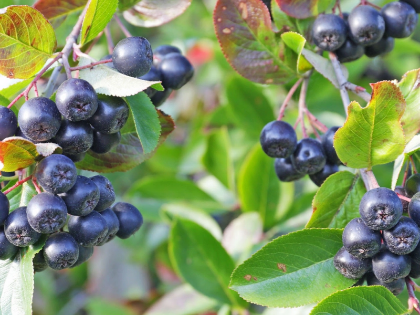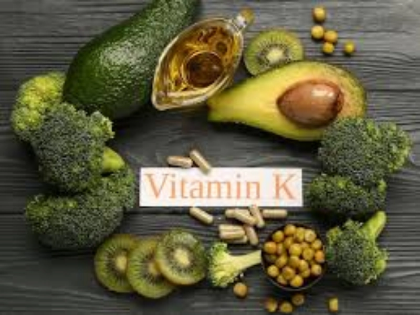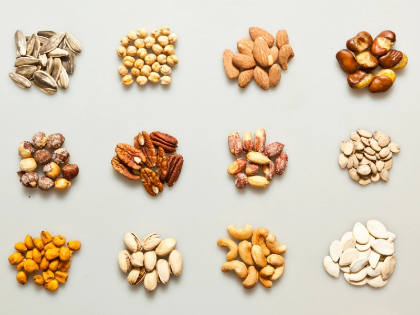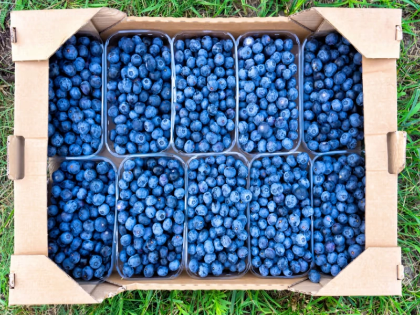The Role of Grains in Managing Cholesterol Levels
1. Appreciating cholesterol Found in every cell in the body, cholesterol is a waxy molecule necessary for the synthesis of hormones, vitamin D, and bile acids, aiding in fat digestion. Not all cholesterol, meanwhile, is produced equally. Low-density lipoprotein (LDL), sometimes referred to as "bad" cholesterol, and high-density lipoprotein (HDL), sometimes referred to as "good," are the two primary varieties. Increased risk of heart disease and stroke results from plaque development in arteries brought on by high levels of LDL cholesterol. For general health, then, control of cholesterol is absolutely vital.
2. Value of Diet in Control of Cholesterol Control of cholesterol levels depends much on diet. Eating the proper kinds of foods can help to enhance HDL cholesterol and lower LDL cholesterol. Foods heavy in trans fats and saturated fats can raise LDL levels; foods high in fiber, good fats, and whole grains can help to improve cholesterol profiles. One good approach for controlling cholesterol in the diet is including grains.
3. Whole grains against polished grains Whole grains are those with all three sections of the grain kernel—the bran, germ, and endosperm. Among these are whole wheat, quinoa, oats, and brown rice. Refined grains, on the other hand, have been treated to eliminate the bran and germ, therefore depriving of minerals and fiber. Because they are heavy in soluble fiber, which can help lower LDL cholesterol levels, whole grains are especially helpful for controlling cholesterol. Conversely, because of their decreased fiber content and greater glycemic index, refined grains could help to raise cholesterol levels.
4. Function of Soluble Fiber Dietary fibers classified as soluble are those that dissolve in water to create a gel-like consistency. Foods high in it include oats, barley, beans, lentils, and some fruits. Through binding to bile acids in the digestive tract, soluble fiber helps reduce cholesterol. Soluble fiber stops bile acids from reabsorbing into the bloodstream when it binds to them, so the liver uses cholesterol to generate more bile acids. Soluble fiber is a major component of a diet meant to decrease LDL cholesterol since this technique can efficiently do so.
5. Particular Grains Reducing Cholesterol Several grains are very good at controlling cholesterol. One of the greatest sources of soluble fiber, oats have been found to drastically decrease LDL cholesterol. Additionally high in beta-glucan, a kind of soluble fiber thought to lower cholesterol, is barley. Other whole grains, including farro, brown rice, and quinoa, offer vital fibers and nutrients that support general heart function.
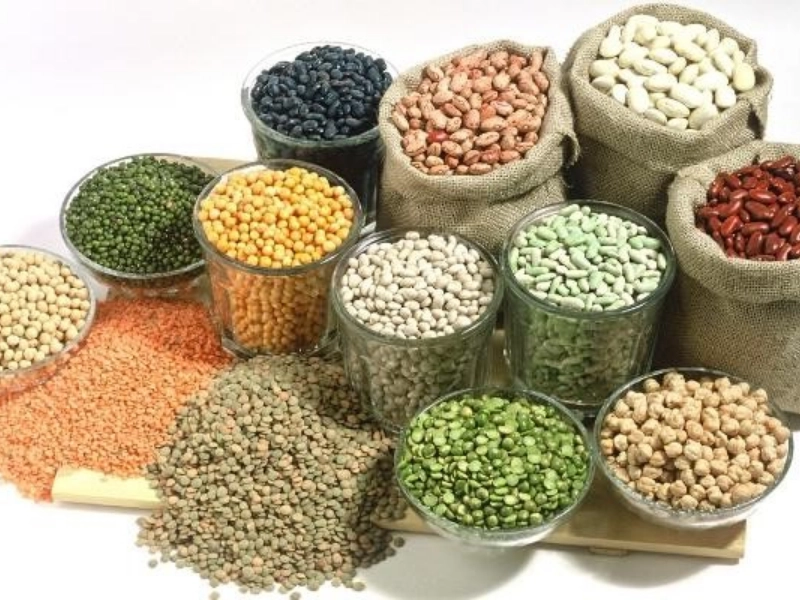
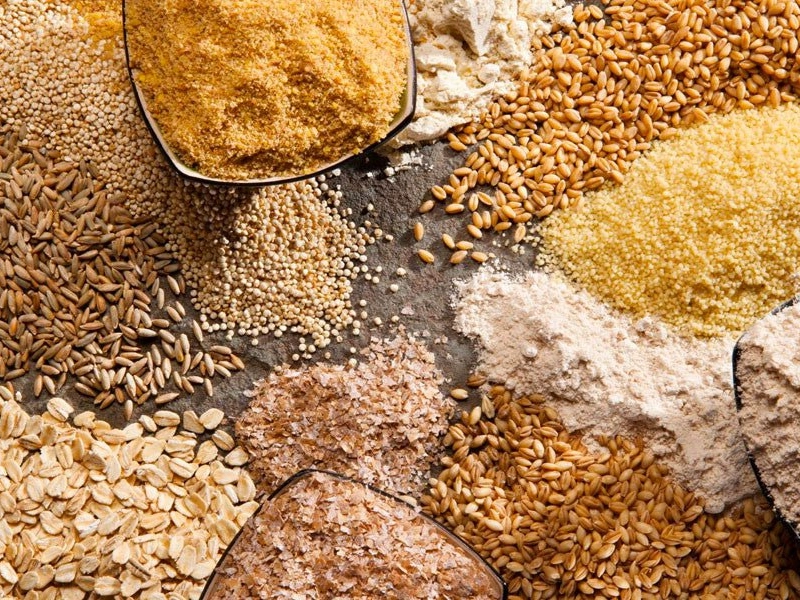 7. Grain Affects on General Health Beyond only controlling cholesterol, whole grains have many other health advantages. Vitamins, minerals, and antioxidants abound in them, which can help lower the risk of some malignancies and chronic disorders, including diabetes. Whole grains' fiber count can also improve weight control, help digestion, and increase satiety. Including a range of whole grains in your diet will improve your general wellness.
7. Grain Affects on General Health Beyond only controlling cholesterol, whole grains have many other health advantages. Vitamins, minerals, and antioxidants abound in them, which can help lower the risk of some malignancies and chronic disorders, including diabetes. Whole grains' fiber count can also improve weight control, help digestion, and increase satiety. Including a range of whole grains in your diet will improve your general wellness.
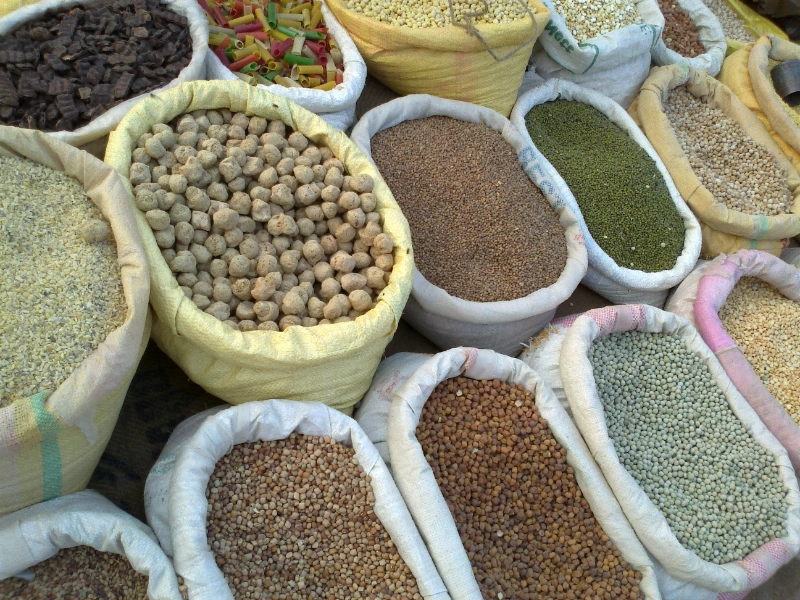 8. Modalities of Change for Enhanced Management of Cholesterol Although grains are a must in your diet, other lifestyle modifications help to control cholesterol much more. Reduced smoking, keeping a good weight, and consistent physical exercise help to lower cholesterol. A well-rounded approach to heart health can also be achieved by cutting saturated and trans fats while boosting the intake of beneficial fats such as those found in nuts, seeds, and avocados.
9. Synopsis Whole grains, especially, help control cholesterol and support heart health by means of their crucial properties. Foods high in soluble fiber, such as barley and oats, help people significantly reduce LDL cholesterol and enhance general health. A good lifestyle paired with a balanced diet including a range of whole grains will help to greatly control cholesterol and lower the risk of heart disease. Adopting these dietary modifications might result in a better, more content life.
8. Modalities of Change for Enhanced Management of Cholesterol Although grains are a must in your diet, other lifestyle modifications help to control cholesterol much more. Reduced smoking, keeping a good weight, and consistent physical exercise help to lower cholesterol. A well-rounded approach to heart health can also be achieved by cutting saturated and trans fats while boosting the intake of beneficial fats such as those found in nuts, seeds, and avocados.
9. Synopsis Whole grains, especially, help control cholesterol and support heart health by means of their crucial properties. Foods high in soluble fiber, such as barley and oats, help people significantly reduce LDL cholesterol and enhance general health. A good lifestyle paired with a balanced diet including a range of whole grains will help to greatly control cholesterol and lower the risk of heart disease. Adopting these dietary modifications might result in a better, more content life.


